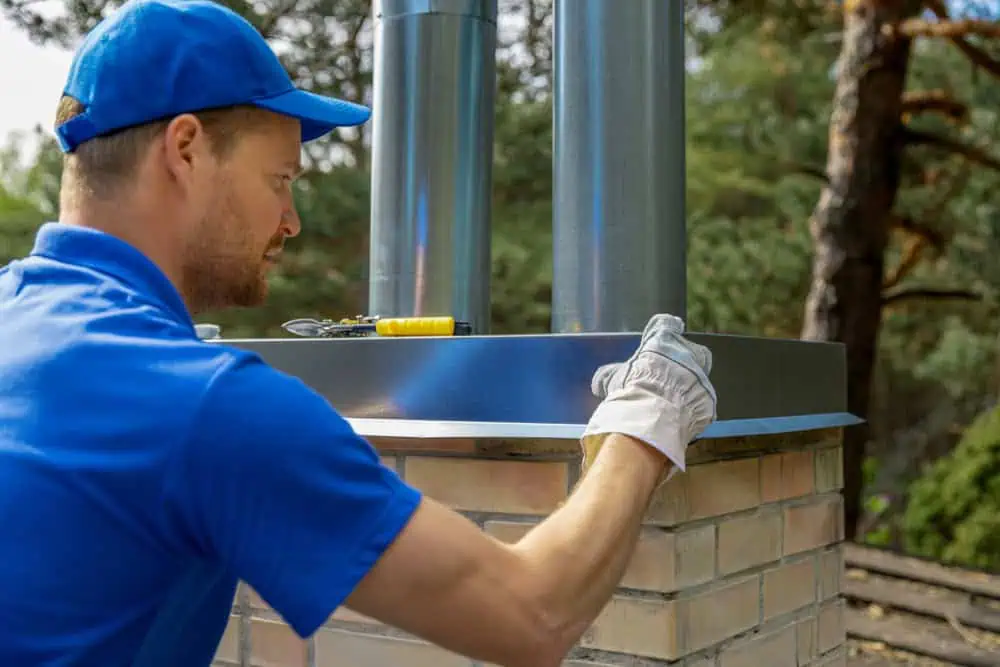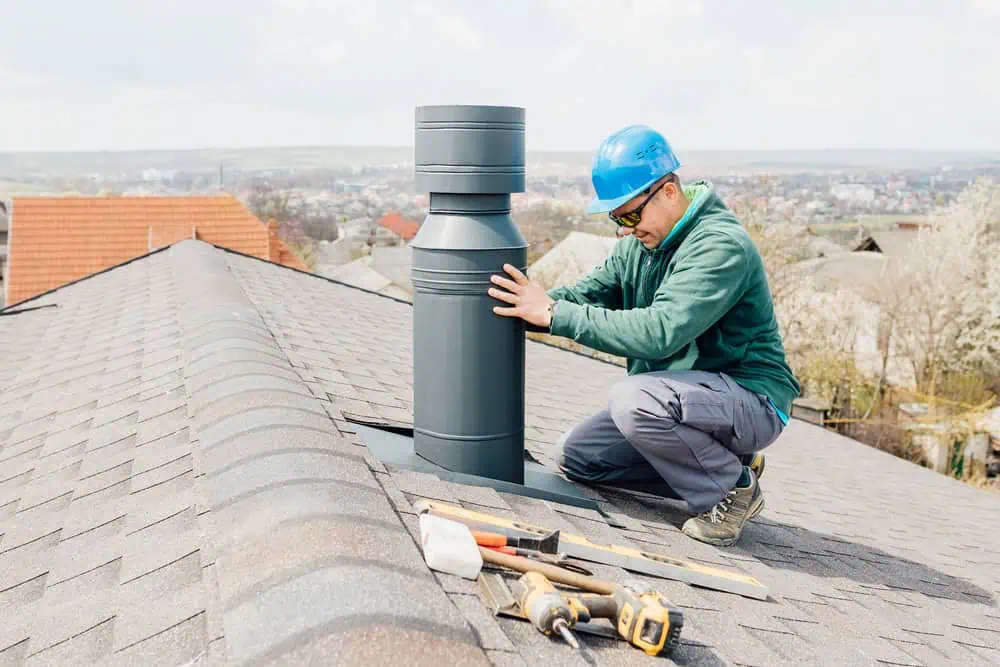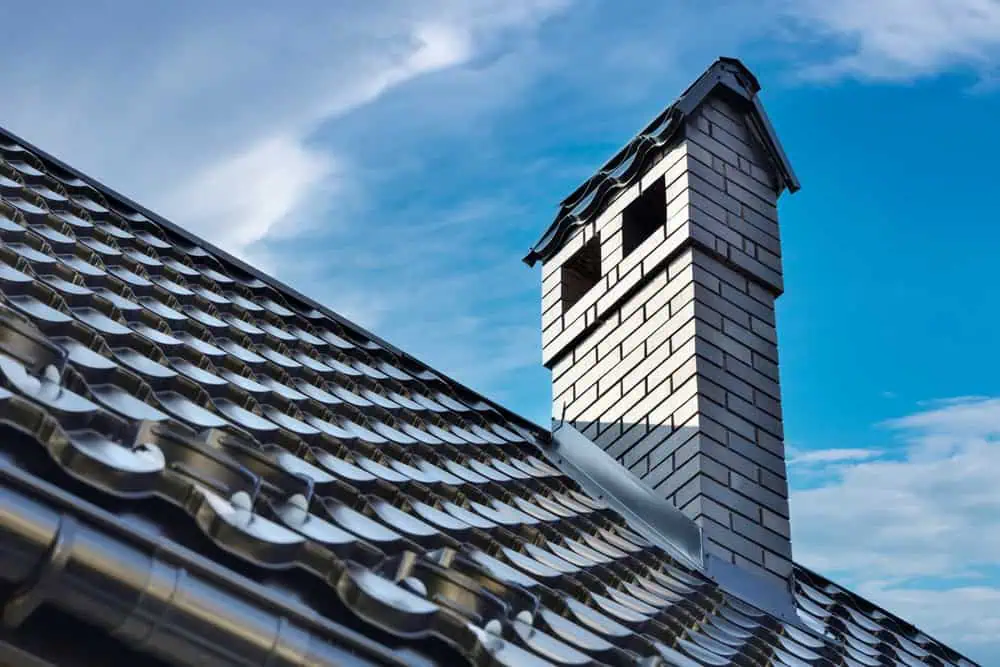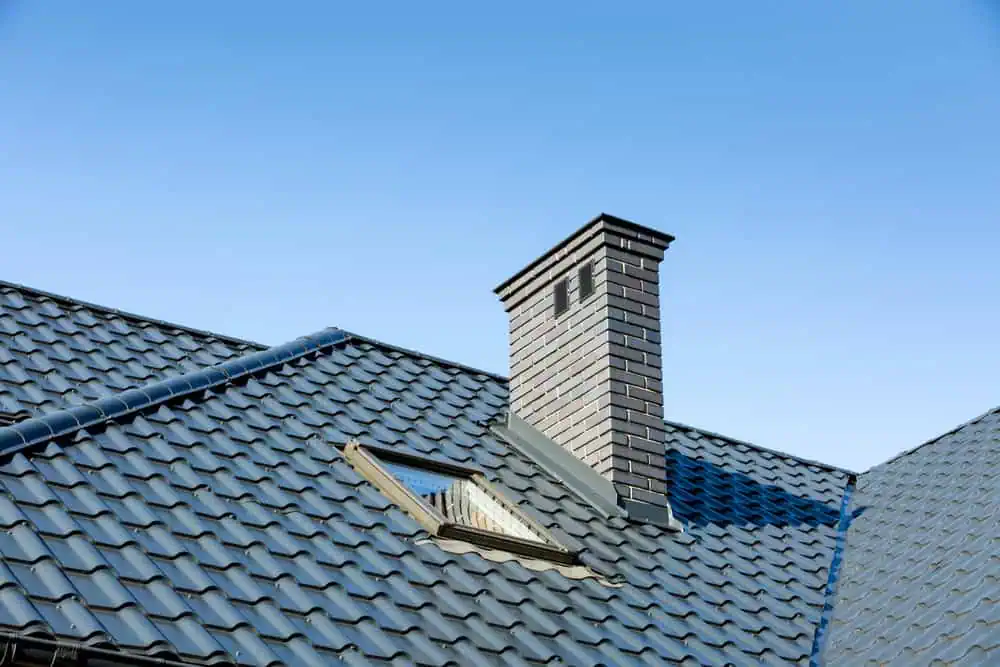Professional chimney repair that fixes the problem right the first time, protecting your home and family.


You get a chimney that works the way it should. No more water stains on your ceiling during heavy rains. No more wondering if loose bricks will fall and hurt someone.
Your fireplace becomes safe to use again. The draft works properly, smoke goes up and out instead of backing into your house, and you can actually enjoy those cozy winter nights without worry.
Most importantly, you stop the cycle of Band-Aid fixes that waste your money. When masonry repair is done correctly with the right materials and techniques, it lasts. You’re not calling someone back next year or dealing with the same problems getting worse.
We’ve been handling chimney and masonry repair throughout the Chelmsford area for years. We understand how New England weather beats up chimneys and what it takes to make repairs that actually last.
You’re not getting a general contractor who does a little bit of everything. Masonry is what we do, and chimney repair is a big part of our daily work. We see the same problems over and over, which means we know exactly how to fix them properly.
Most of our work comes from referrals because people talk when they find contractors who actually do what they say they’ll do.

First, we inspect your entire chimney system, not just the obvious problem area. Water damage and structural issues often show up in multiple places, and you need to know the full scope before any work starts.
You get a clear explanation of what’s wrong and what needs to be fixed. No technical jargon or scare tactics, just straight talk about your options and what each repair will accomplish.
The actual repair work depends on your specific situation. It might be repointing mortar joints, replacing damaged bricks, fixing the crown, or addressing flashing issues. We use materials designed for New England weather and traditional techniques that have proven themselves over decades.
We clean up completely when we’re done. Your property looks the same as when we arrived, except your chimney actually works properly.

Ready to get started?
Every chimney repair starts with a thorough inspection because you can’t fix what you don’t fully understand. We check the structure from top to bottom, looking for water damage, mortar deterioration, and potential safety issues.
Our repairs address the root cause, not just symptoms. If water is getting in, we find where and fix it properly. If mortar joints are failing, we repoint them with materials that match your existing masonry and handle freeze-thaw cycles.
Many Chelmsford homes have chimneys that are 30, 40, or 50 years old. These structures need repairs that respect their original construction while meeting current safety standards. We know how to work with older masonry and maintain the character of your home while ensuring everything functions safely.

Local Resources